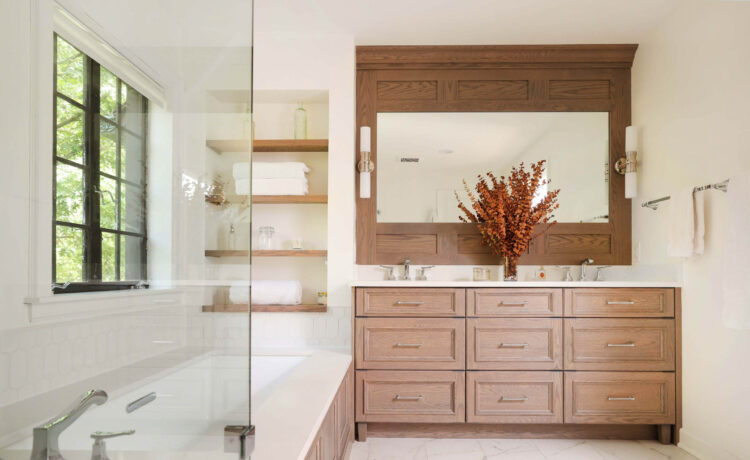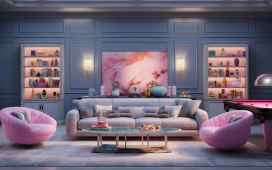Before diving into interior design specifics, let’s first define what we mean by balance and harmony. A space’s balance refers to its visual weight distribution. It is achieved when the design elements, such as colour, texture, and shape, are evenly distributed and no single element overpowers the others. Harmony is the sense of unity and cohesion within a space. It is created when all the design elements work together seamlessly, creating a pleasing and visually appealing composition.
Elements of design
To achieve balance in your home interior design, it’s essential to understand the fundamental elements of design. These include:
- Color- Color has a profound impact on the mood and atmosphere of a space. Colour palettes that evoke calm, such as soft neutrals, muted pastels, or soothing earth tones.
- Texture – Incorporating a variety of textures adds depth and interest to a space. Mix and match smooth and rough surfaces, like a plush velvet sofa and a woven jute rug, to create visual and tactile interest.
- Shape – The shapes of furniture and decor items can impact a room’s overall balance. Combine different shapes, such as round and angular, to create a dynamic and harmonious composition.
- Scale and proportion – The size and scale of furniture and decor items should be proportionate to the room and each other. Avoid overwhelming a small space with oversized furniture or cluttering a large room with too many small pieces.
Creating a focal point
Every well-designed room has a focal point – a central element that draws the space’s anchors. This could be a stunning artwork, a statement furniture item, or a unique architectural feature. Ensure the focal point reflects your style and is a starting point for the rest of the design.
Embrace symmetry and asymmetry
The two design principles that create balance and harmony in a space. Symmetrical design involves arranging elements mirrored or identical on either side of a central axis. Asymmetrical design, however, involves arranging elements in a balanced but non-mirrored manner, creating a more dynamic and visually exciting composition.
Incorporate natural elements
Bringing elements of nature into your home interior design has a calming and harmonizing effect. Incorporate plants, such as potted herbs or lush greenery, to add life and vitality to your space. Wood, stone, and bamboo will establish a cosy atmosphere and foster a strong connection with the natural environment.
Declutter and simplify
A cluttered and chaotic space can disrupt the sense of balance and harmony in your home. Embrace the “less is more” principle and declutter your space regularly. Keep surfaces clean, and choose decor items that serve a purpose or hold sentimental value. A simplified space allows the eye to rest and creates a sense of calm and tranquillity.
Role of an interior designer
While achieving balance and harmony in your home interior design is achievable on your own, enlisting the help of a professional interior designer takes your space to the next level. An Interior Designer Naples or your local area brings expertise, creative vision, and industry knowledge to your project. Interior designers undergo training to comprehend design principles and their practical application in crafting functional and aesthetically pleasing spaces. They aid in defining your style, choosing suitable colour schemes, and procuring quality furniture and decor within your financial constraints.











